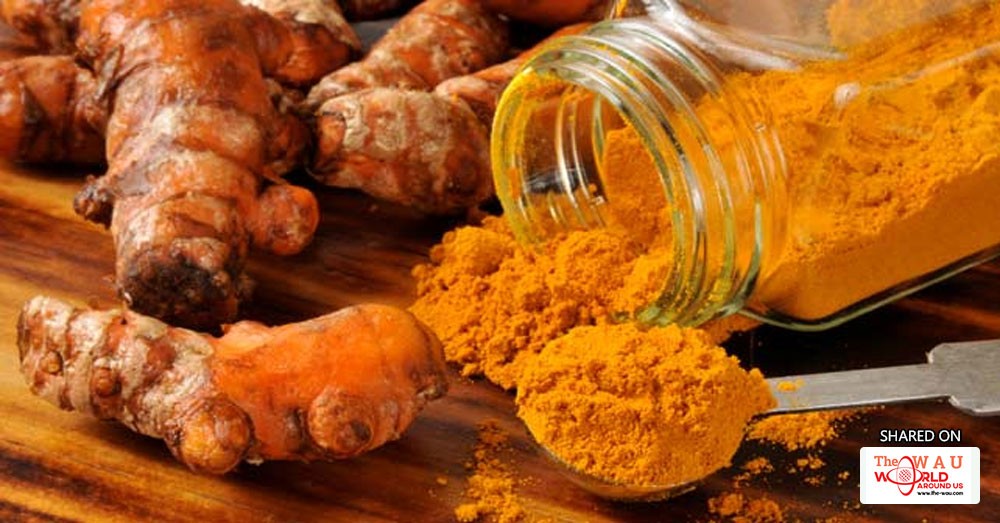If you have a toothache, backache, or any other type of pain, your first impulse may be to reach for a pill. Many people rely on medications, but they come with the risk of side effects, drug interactions, and habitual use or addiction.
You may find the relief you need from a variety of natural painkillers instead.
Many herbs and spices can treat inflammation and other related conditions. These plant-based options fall under a category of treatment known as alternative medicine, which also includes acupuncture, yoga, Reiki, and other practices. When it comes to pain relief, you may be surprised by what might help you feel better.
Willow bark
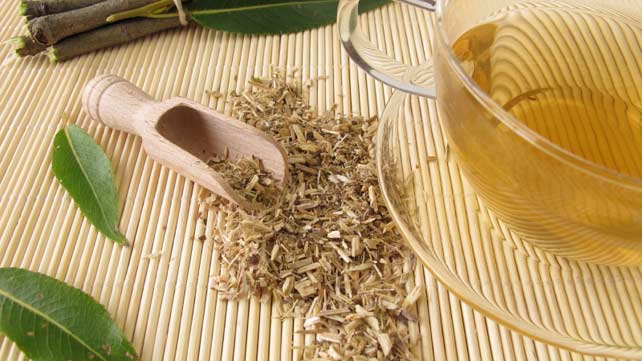
People have been using willow bark to ease inflammation, the cause of most aches and pains, for centuries. The bark of the white willow contains the chemical salicin, which is similar to the main ingredient in aspirin (Bayer).
Originally, people chewed the bark itself to relieve pain and fevers. Now willow bark is sold as a dried herb that you can brew like tea. It also comes as a liquid supplement or in capsule form. You can use willow bark to help relieve discomfort from headaches, low back pain, osteoarthritis (OA), and many other conditions.
However, willow bark comes with its own risk of side effects. It can cause stomach upset, may slow down your kidneys, and can prolong bleeding time, just like aspirin. It should only be used by adults. Similar to how aspirin taken in large quantities can be harmful for children, willow bark could be poisonous to children.
If you’re sensitive to aspirin, or if you’re taking any over-the-counter (OTC) anti-inflammatory drugs (like aspirin, ibuprofen, or naproxen), you should avoid willow bark. You should also avoid taking it if you’re taking warfarin (Coumadin) or other anticoagulant treatments, as salicin could increase the risk of bleeding. Talk to your doctor before taking willow bark if you’re taking other anti-inflammatory or pain medications.
Turmeric
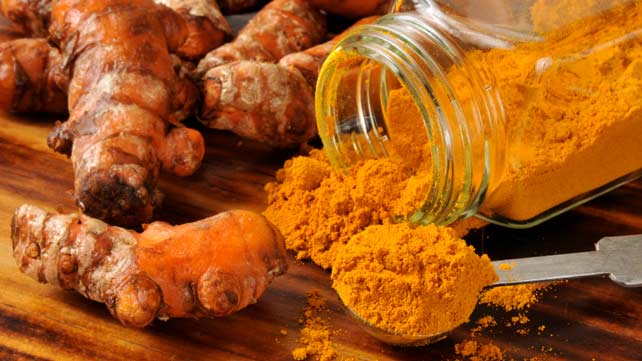
Turmeric is the spice that gives curry its yellow color and unique flavor. It contains the compound curcumin, an antioxidant that helps protect the body from free radical molecules that can damage cells and tissue.
Turmeric can also be used for the treatment of many conditions, including:
- indigestion
- ulcers
- stomach upset
- psoriasis
- cancer
Some people with OA also turn to turmeric as a natural pain reliever because it helps relieve inflammation.
Cloves
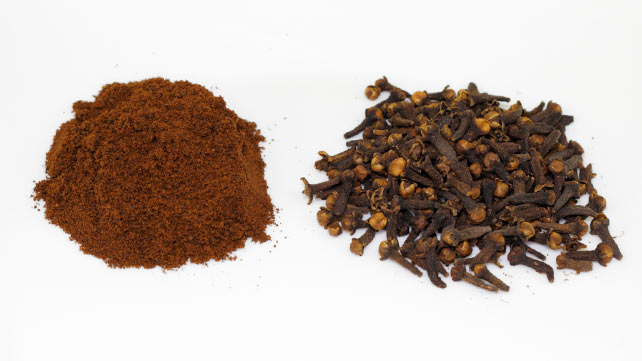
Whole cloves are often used to spice up meat and rice dishes. Ground cloves are used in pies and many other foods. As a medicine, cloves can be found in capsule or powder form. Clove oil is also available.
Like other herbal supplements, you can use cloves to treat a wide range of conditions. Cloves may help ease nausea and treat colds. They may also help relieve the pain associated with headaches, arthritic inflammation, and toothaches. Cloves can also be used as part of a topical pain reliever.
One study suggested that cloves could be used to treat fungal infections, but further research is needed.
The active ingredient in cloves is eugenol, a natural pain reliever that’s also used in some OTC pain rubs. Rubbing a tiny amount of clove oil on your gums may temporarily ease toothache pain until you can get to a dentist. But too much undiluted clove oil may actually hurt your gums, so discuss this approach with your dentist before trying it at home.
People with bleeding disorders or who are taking blood-thinning medication should be careful when consuming clove products. Clove oil can increase the risk of abnormal bleeding.
Acupuncture
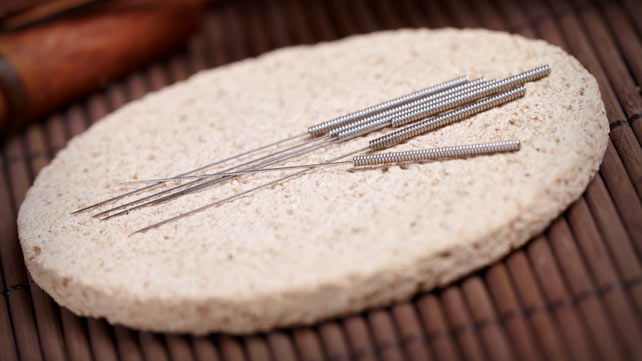
This ancient Chinese medical practice seeks to relieve pain by balancing the body’s natural energy pathways. The flow of energy is known as qi (pronounced CHEE).
For this practice, acupuncturists place tiny, thin needles into your skin. The location of the insertion is related to the source of the pain. Based on the qi, a needle may be inserted far from the part of the body experiencing pain.
Acupuncture may relieve pain by causing the body to release serotonin, a “feel-good” chemical that eases pain.
A 2012 study found that acupuncture helped relieve pain associated with OA, migraines, and various locations of chronic pain.
Heat and ice

Among the most common home pain remedies is applying heat and ice directly to sites of pain. While this treatment may seem obvious, not everyone’s clear on exactly when to use ice versus heat.
Applying an ice pack to reduce swelling and inflammation shortly after you experience a strained muscle, tendon, or ligament may bring relief. Interestingly, once the inflammation has disappeared, heat may help reduce the stiffness that comes with sprains and strains.
A cold pack used briefly on the head may also help take away the pain of a headache.
If your painful problem is arthritis, moist heat applied to the affected joint will help more than ice. Moist heat packs can be warmed in the microwave and used many times, making them effective and easy to use.
If you get injured, talk with your doctor or pharmacist about how to best use heat or ice to help ease the pain.
Share This Post

